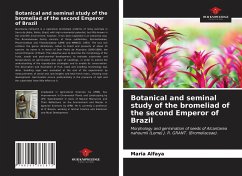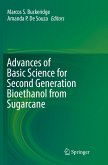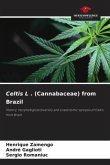Alcantarea nahoumii is a rupicolous bromeliad, endemic of rocky outcrops in Serra da Jibóia, Bahia, Brazil, with high ornamental potential, but little known in the scientific environment, however, it has been exploited in an extractive way. The Bromeliaceae family consists of three subfamilies, Bromelioideae, Pitcairnioideae and Tillandsioideae (LEME and MARIGO, 1993). The last one contains the genus Alcantarea, native to Brazil and presents at about 15 species. Its name is in honor of Dom Pedro de Alcantara (1840-1889), the second Emperor of Brazil. The objective was to describe the morphology of the fruits, seeds and post-seminal development, to evaluate substrates and temperatures on germination and vigor of seedlings, in order to extend the understanding of the reproductive strategies and to enable its conservation. The description and illustration of fruit, seed and seedling morphology was done. Seedling vigor was evaluated at the end of the experiments by measurements of aerial and root lengths and total fresh mass, showing slow development. Germination occurs preferentially in the presence of light and the substrates have little effect on it.
Hinweis: Dieser Artikel kann nur an eine deutsche Lieferadresse ausgeliefert werden.
Hinweis: Dieser Artikel kann nur an eine deutsche Lieferadresse ausgeliefert werden.








![Appendix [to] Captain Parry's Journal [of a] Second Voyage [for] the Discovery of a North West Passage From the Atlantic to the Pacific [microform]: [ Appendix [to] Captain Parry's Journal [of a] Second Voyage [for] the Discovery of a North West Passage From the Atlantic to the Pacific [microform]: [](https://bilder.buecher.de/produkte/65/65491/65491326m.jpg)